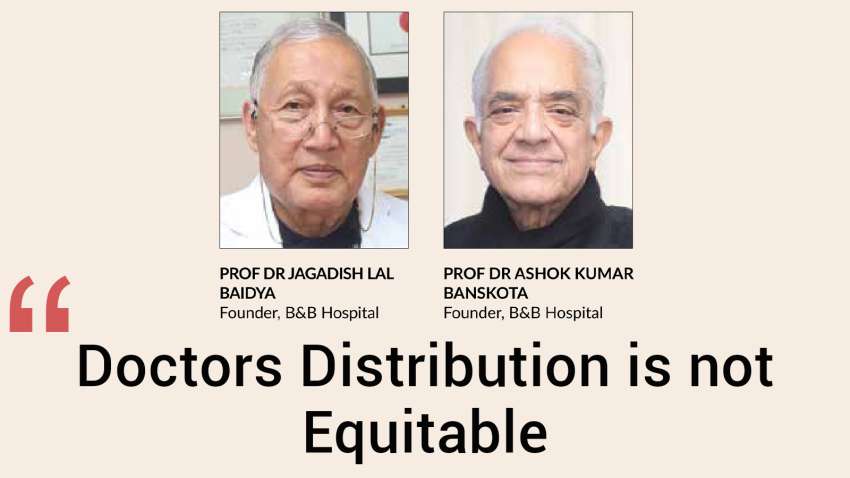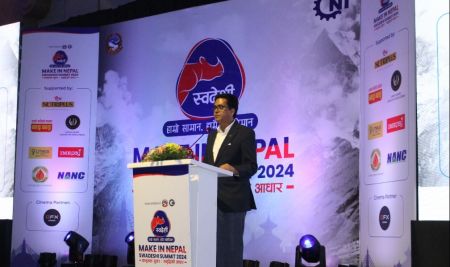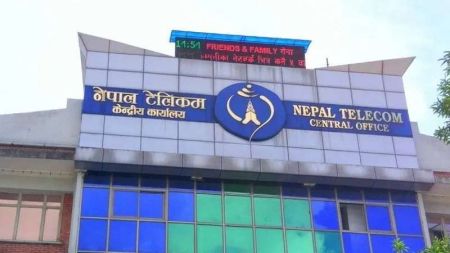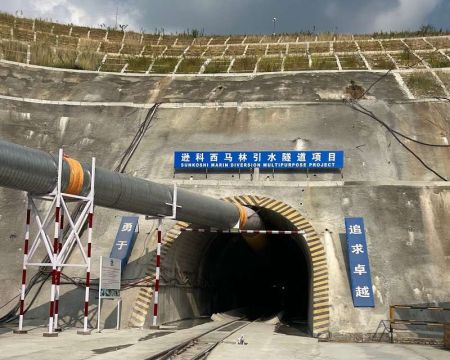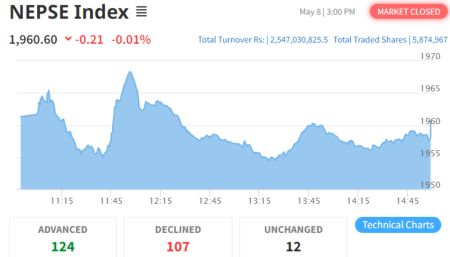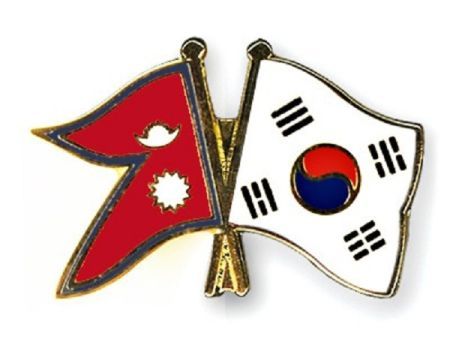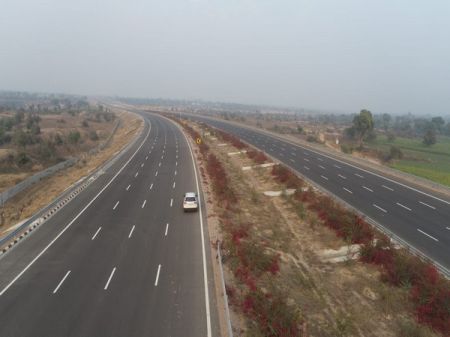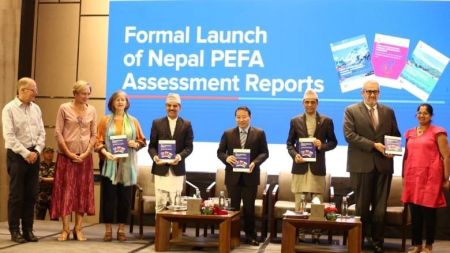What made you decide to invest in a hospital?
B&B is a progressive hospital that has evolved in stages to meet the increasing demand for our services, driven by the availability of finances. Notably, these developments were led by two doctors, not businessmen. Their primary objective was to offer safe and cost-effective treatments, addressing a critical gap in a scenario where newcomers faced limited platforms.
B&B specializes in orthopedic services, it is said. What are the services including treatment methods and surgeries that you have introduced to the country in the past decade?
B&B is renowned nationwide for its exceptional orthopedic services. However, our hospital also offers a broad spectrum of services in various surgical and medical specialties, gaining popularity across the country. Examples include laparoscopic general surgery, endourology, neurosurgery, interventional radiology, as well as interventional and non-interventional cardiology, and numerous medical subspecialties. In the field of orthopedic surgery, B&B has diversified its expertise over the past decades. Specialized areas now include sports medicine and regenerative medicine, hip-pelvic surgery, arthroplasty services (specifically for hip and knee replacement surgery), and spine surgery for various spinal traumas and deformities.
What makes your hospital stand out in the crowd of hospitals in the country?
B&B has experienced consistent growth throughout decades of service, earning enduring trust from patients nationwide. Remarkably, over 60 percent of our patient base comes from outside the town or is referred from beyond the valley. Our hospital boasts an extensive team of specialized and super-specialized doctors, possibly having the largest number of full-time doctors among private hospitals in the country. Notably, we lead the country in running the largest charitable cleft lip-palate reconstruction program.
How have the private hospitals in the country helped prevent the outflow of money for medical treatment?
With numerous medical facilities now accessible within the country, Nepalis no longer need to travel abroad for medical diagnoses and surgical treatments. While there is still a notable outflow of funds, the availability of services domestically has contributed to a reduction in such expenditures.
Indian nationals predominantly utilize facilities in the border areas of Nepal, mainly individuals from low-income and impoverished rural backgrounds. On the other hand, both affluent and less wealthy Nepalis frequently seek medical services in India, Thailand, and Singapore, regardless of the availability of comparable services in their own country, possibly indicating a lack of confidence in the domestic healthcare system. While individuals with serious illnesses undoubtedly benefit from services provided abroad, the associated expenses are often exorbitant when compared to the potential costs incurred by availing of similar services within the country.
What are your expectations from the government?
Not much. Very little has changed. Reflecting on personal experiences over the past decades, we find ourselves obligated to adhere to regulations, a commitment we willingly embrace. However, we grapple with a convoluted bureaucracy that proves challenging to navigate.
What is the situation of the availability of doctors in Nepal?
While doctors are present, their distribution is not equitable, resulting in noticeable gaps in healthcare accessibility. Additionally, there is a continual emigration of doctors seeking training and immigration opportunities abroad. Despite these challenges, there has been noteworthy progress in the development of medical and surgical specialties, leading to the availability of specialized treatments in selected centers across the country.
What potential do you see in making Nepal a medical tourism destination like Bangkok or Mauritius?
A substantial economic upturn is imperative for the initiation of medical tourism. Simplifying rules and regulatory mechanisms are crucial to make Nepal an attractive option for foreign nationals seeking medical treatments. Despite the current challenges, a small number of patients from abroad, particularly from Tibet and regions in India like Sikkim, Darjeeling, and other cities, do seek treatment at our center. While the potential for medical tourism exists, it demands intelligent planning to fully capitalize on the opportunity.


